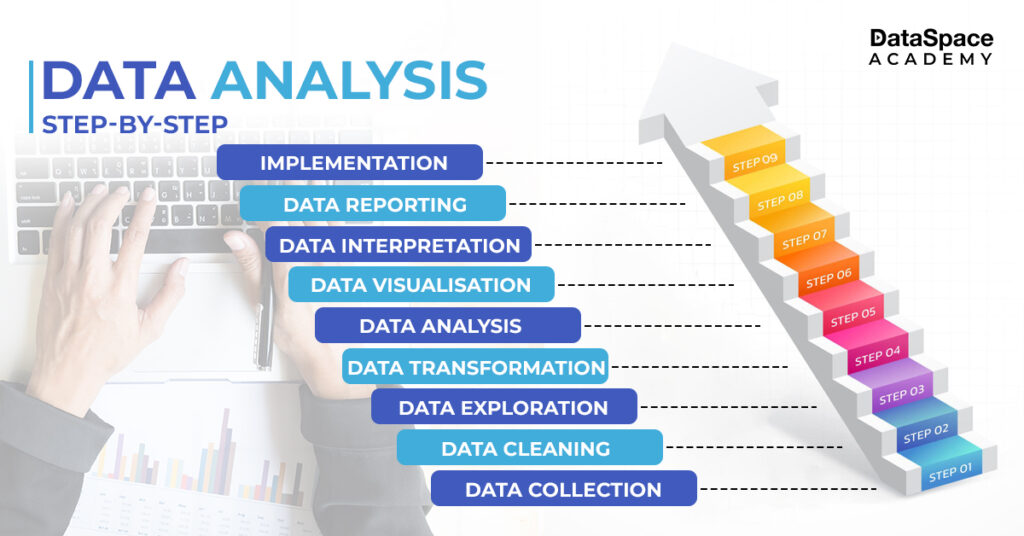You will be surprised to know that we generate 328.77 million each day (source:
explodingtopics.com). And according to one estimate, these figures will rise to 181 zettabytes by 2025 (Source:
statista.com). It goes without saying that organisations globally are on the lookout for data analysts. They need skilled analysts who can analyse this colossal volume of data, uncover hidden trends, and help them to reach data-driven decisions. There is a long roster of
data analysis methods and tools to complete an analysis project. Put simply, data analysts are one of the most in-demand professionals today.
The blog below delves deeper into the inner workings of the analysis process and its significance in the contemporary business world.
Data analytics is all about uncovering valuable insights from the massive amounts of data we generate daily. It involves methods for sorting, categorising, and analysing information to reveal hidden trends and metrics. This helps improve the overall process and efficiency of an organisation. Insights derived from analytics also reveal cost-cutting zones and leverage an economical operation.
For example, manufacturing companies use data analytics to optimise machine performance by analysing runtime and downtime data. Gaming companies employ it to enhance player engagement through reward structures. Content creators tailor content placement based on analytics insights to increase clicks and views.

Data analysis involves a series of steps to unlock insights from information. These steps include:
Businesses capture statistics, quantitative data, and information from multiple external and internal channels. But this humongous dataset is largely cluttered and need meticulous sorting and organisation. Data Analysts shoulder the baton to simplify this huge raw dataset to empower informed decisions and boost efficiency.

Here are some reasons that highlight the
importance of data analytics:
With data ruling the world, the demand for data analysts is only soaring. These professionals help organisations make evidence-based decisions, identify market trends, streamline operations, and connect with customers. With data analytics, businesses can thrive, adapt, and lead in an ever-evolving landscape, ensuring a bright and data-driven future.
DataSpace Academy’s
Certification In Data Analytics is strategically designed to render a competitive edge in the job market. The course focuses on major topics like how to work with SQL databases, and Python, create data visualisations, and apply statistics and predictive analytics in a business setting.

 Data analysis involves a series of steps to unlock insights from information. These steps include:
Data analysis involves a series of steps to unlock insights from information. These steps include:
 Here are some reasons that highlight the importance of data analytics:
Here are some reasons that highlight the importance of data analytics:
